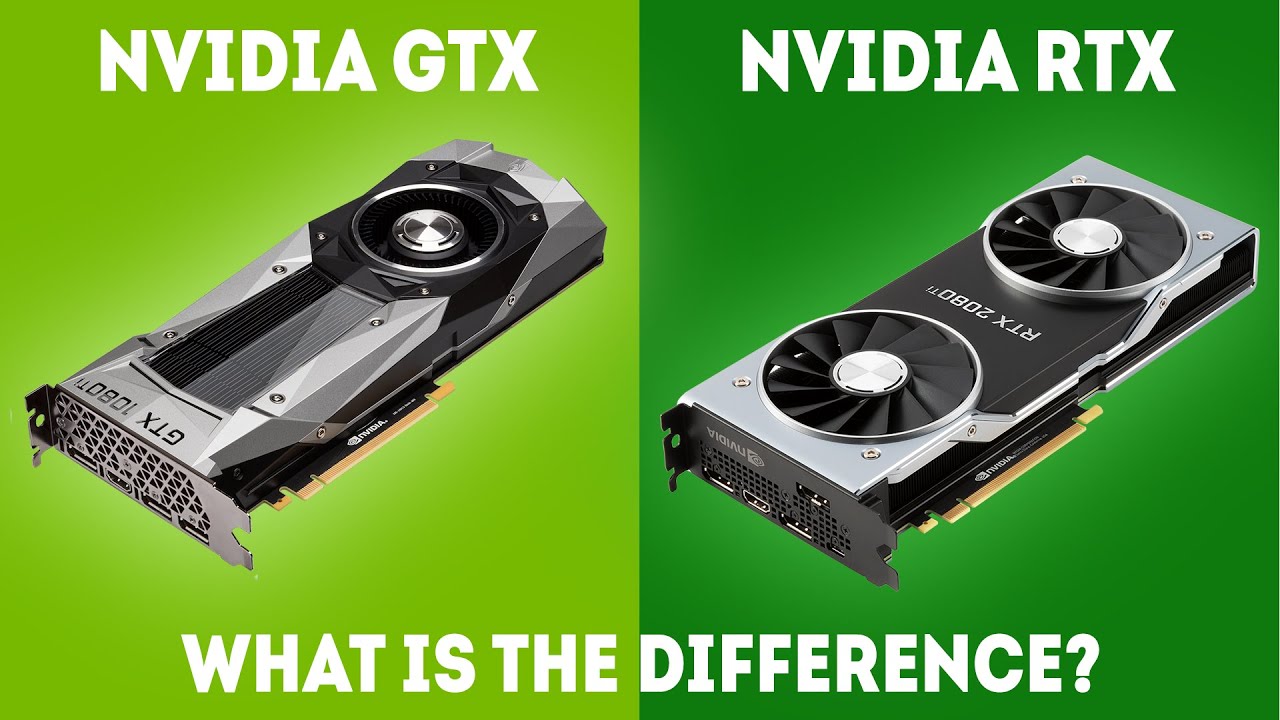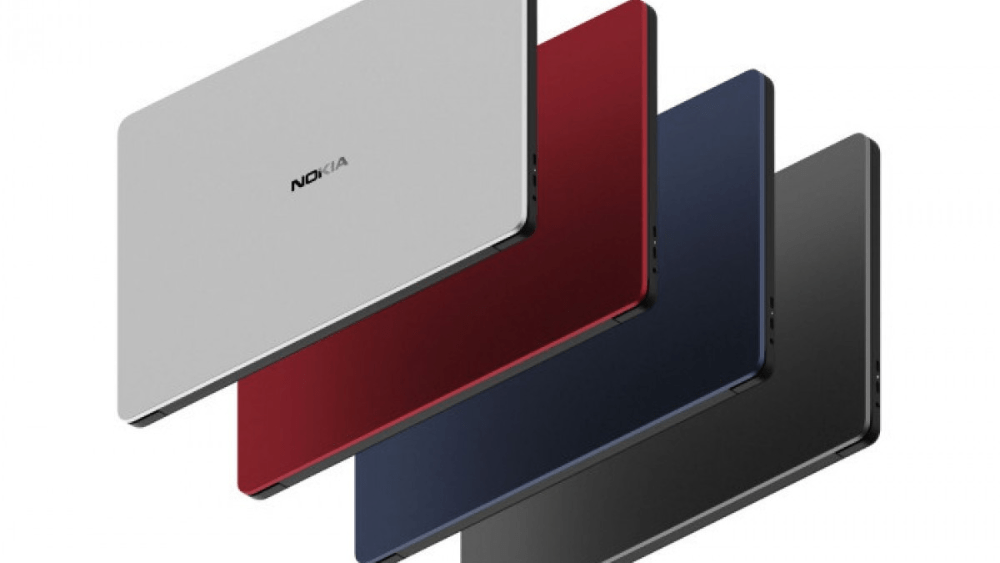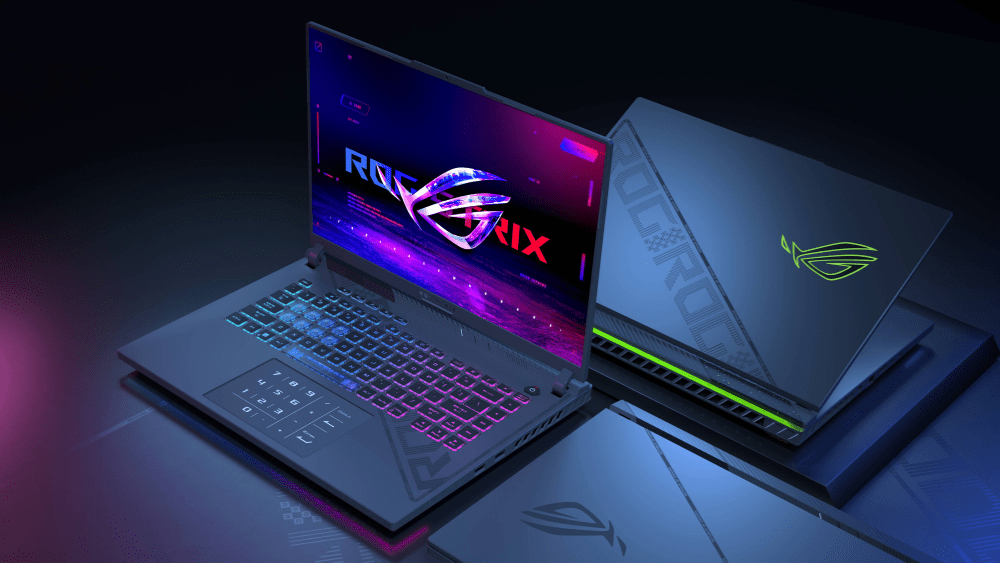In the dynamic landscape of graphics cards, NVIDIA stands at the forefront, offering a diverse range of GPUs designed to cater to every gamer, creator, and professional. The battle between NVIDIA’s RTX and GTX series has been a topic of heated debate, with each lineup boasting its unique strengths. Let’s delve into the details to unravel the differences, benchmarks, reviews, and comparisons of these powerful GPUs in 2024.
Table of Contents
The Evolution of NVIDIA Graphics Cards
NVIDIA has long been synonymous with innovation in the graphics card industry. The GTX series has been a staple for gamers and enthusiasts, providing reliable performance and impressive visuals. However, with the introduction of the RTX series, NVIDIA ushered in a new era of ray tracing and AI-enhanced graphics.
Understanding NVIDIA RTX
Key Features of NVIDIA RTX:
- Ray Tracing: RTX GPUs introduce real-time ray tracing, a revolutionary technology that simulates the way light interacts with objects in a scene, resulting in incredibly lifelike visuals.
- Tensor Cores: With dedicated tensor cores, RTX cards can leverage AI to enhance gaming performance through technologies like DLSS (Deep Learning Super Sampling).
- Performance: RTX cards offer impressive performance gains, especially in ray-traced games, providing smoother frame rates and stunning visual fidelity.
Benchmarks and Reviews:
Let’s take a look at some benchmarks and reviews from top tech enthusiasts:
- Digital Foundry: “NVIDIA’s RTX series continues to impress with its ray tracing capabilities. Games like Cyberpunk 2077 showcase the true potential of RTX technology.”
- Tom’s Hardware: “RTX 30 series GPUs deliver exceptional performance across the board, making them ideal for both gaming and content creation tasks.”
Exploring the GTX Series
Key Features of NVIDIA GTX:
- Proven Performance: The GTX series has a long history of delivering solid performance at an affordable price point, making it a favorite among budget-conscious gamers.
- Traditional Rendering: While lacking ray tracing capabilities, GTX cards excel in traditional rasterization, providing excellent frame rates in non-ray traced games.
- Value for Money: For gamers prioritizing performance-per-dollar, GTX cards offer a compelling choice.
Benchmarks and Reviews:
Here’s what reviewers have to say about the GTX series:
- PC Gamer: “NVIDIA’s GTX 16 series continues to impress with its balance of performance and affordability. These cards are a great option for 1080p gaming.”
- TechRadar: “GTX 10 series GPUs remain popular due to their reliability and compatibility with a wide range of games.”
RTX vs GTX: Which One Should You Choose?
Factors to Consider:
- Budget: RTX cards typically come at a higher price point due to their advanced features. If you’re on a tight budget, GTX might be the better option.
- Use Case: Are you primarily a gamer or a content creator? RTX’s ray tracing and AI capabilities shine in content creation tasks, while GTX is more focused on gaming performance.
- Future-Proofing: If you want a GPU that will handle upcoming games with ray tracing features, RTX is the way to go.
Comparison: RTX 30 Series vs GTX 16 Series
| GPU Model | Ray Tracing | DLSS Support | Performance |
| RTX 3080 | Yes | Yes | High |
| RTX 3060 | Yes | Yes | Medium |
| GTX 1660 Ti | No | No | Medium |
| GTX 1650 | No | No | Low |
Frequently Asked Questions (FAQs)
Q: Does GTX support ray tracing? A: No, ray tracing is exclusive to NVIDIA’s RTX series.
Q: Can I use DLSS with GTX cards? A: No, DLSS is a feature limited to RTX GPUs.
Q: Are GTX cards still relevant in 2024? A: Yes, GTX cards are still viable for 1080p gaming and offer excellent value for budget-conscious gamers.
Conclusion: Making Your Choice
In conclusion, both the NVIDIA RTX and GTX series offer compelling options for gamers and creators alike. If you value cutting-edge technology, stunning visuals, and future-proofing your system, the RTX series with its ray tracing and DLSS capabilities is the way to go. On the other hand, if you’re looking for solid performance on a budget and don’t prioritize ray tracing, the GTX series remains a reliable choice.
Suggestions
For those seeking a more detailed comparison, exploring specific benchmarks and reviews from reputable sources such as Digital Foundry, Tom’s Hardware, PC Gamer, and TechRadar can provide valuable insights into the performance of these GPUs across various games and applications.
By understanding the nuances between RTX and GTX cards, you can make an informed decision that aligns with your gaming preferences, budget, and future upgrade plans. Whether you opt for the ray-traced realism of RTX or the proven performance of GTX, NVIDIA’s offerings continue to push the boundaries of what’s possible in the world of gaming and content creation.
For More Such Content Visit, Munafekideal.com












